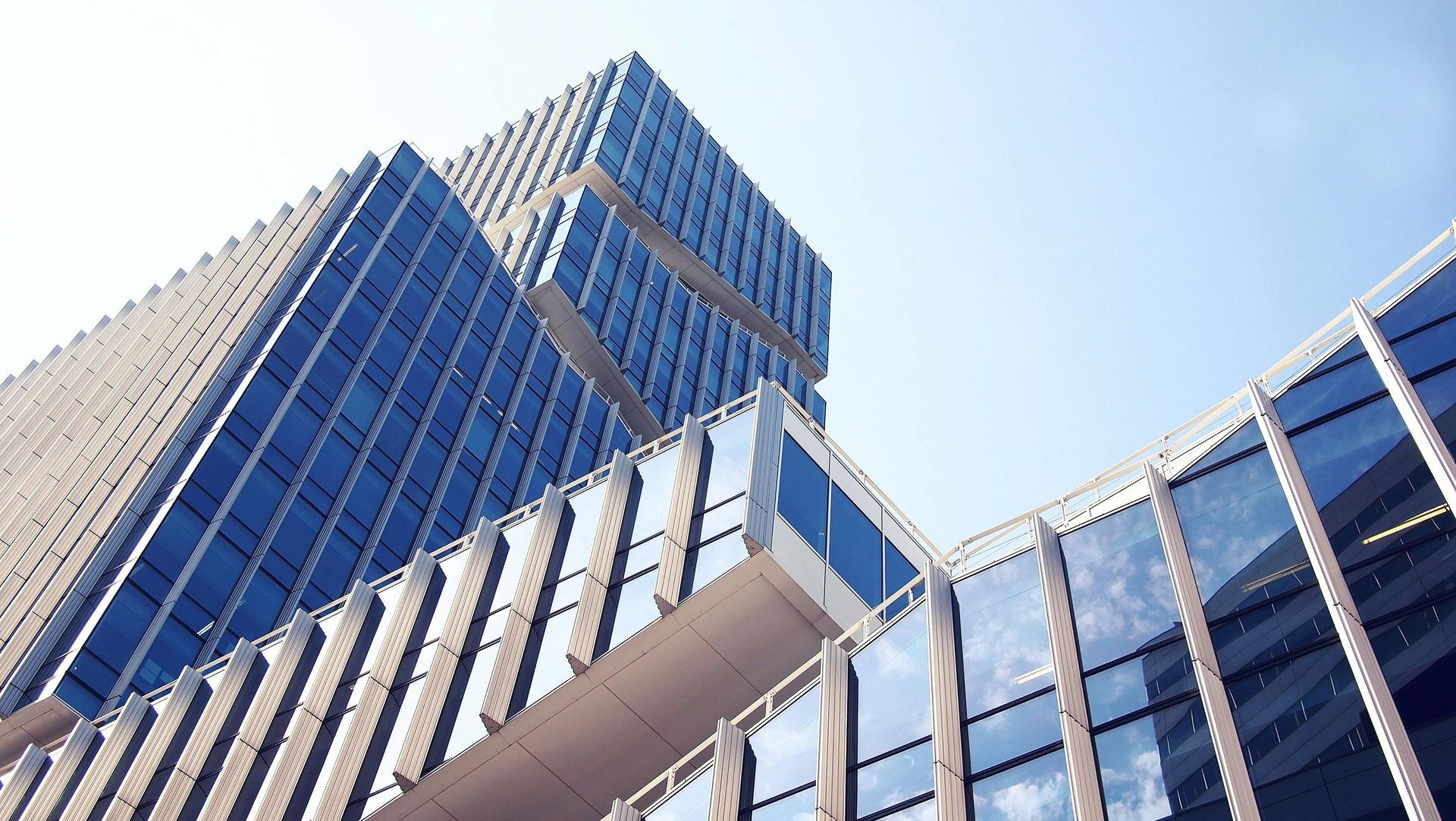CARES Act Provides Tax Planning Opportunities Including Net Operating Loss Rules and QIP Changes
By: Lisa White, CPA is a Manager at the Holyoke based accounting firm, Meyers Brothers Kalicka, P.C.
Malik Javed, CCSP, is a Principal at KBKG and oversees engineering operations for Cost Segregation projects from KBKG’s Northeast practice.
On March 27, 2020, the Coronavirus Aid, Relief, and Economic Security Act (CARES Act, H.R. 748) was signed into law. The Act has provided taxpayers with much-needed relief during this pandemic by establishing additional funding sources, such as the Paycheck Protection Program (PPP), by creating new tax credits, such as the Employee Retention Credit, and by significantly changing several existing tax provisions. When reviewing what relief is available, taxpayers should consider all possible opportunities including cost segregation studies which help identify misclassified Qualified Improvement Property , by reviewing current and prior year capital expenditures for retirements, dispositions, or repair deductions, and by considering accounting method changes necessary to take full advantage of the new provisions in the tax law. Two key changes to existing tax law within the CARES Act that provide cash flow for taxpayers include changes to the cost recovery period for Qualified Improvement Property (QIP) and changes to the application and recognition of Net Operating Losses (NOLs).
Qualified Improvement Property
Qualified Improvement Property (QIP) is defined as any improvement made by the taxpayer to an interior portion of a commercial building as long as the improvement is placed into service after the building was first placed into service by any taxpayer. Additionally, QIP specifically excludes expenditures for (1) the enlargement of a building, (2) elevators or escalators, or (3) the internal structural framework of a building.
Prior to the CARES Act, a drafting error in the tax law required QIP placed in service after December 31, 2017 to use a 39-year tax life, making it ineligible for bonus depreciation. The CARES Act retroactively changed the recovery period for QIP to 15 years, thus making it eligible for bonus depreciation through 2026 (100% through 2022).
Taxpayers that want to take advantage of deducting the cost of improvements to real estate must segregate between interior and exterior improvements, as well as identify items excluded from QIP. Since budgets and design plans should be reviewed to identify these items, cost segregation engineers can be engaged to assist with this analysis. Tenant improvements often include items that are not eligible for QIP treatment. For example, HVAC costs in a retail shopping center might include both ductwork inside the building that is eligible for QIP and package units on the roof that are not eligible. Other examples include certain storefronts and interior seismic retrofits. When evaluating QIP, taxpayers should not assume all tenant improvements automatically qualify. Although QIP is now eligible for 100% bonus depreciation for Federal income taxes, many states do not conform to bonus deprecation and require a 39-year tax life. For higher taxed states, cost segregation can still make sense when interior improvements are significant.
Taxpayers who elected out of the business interest expense limitation under 163(j) are required to use a 20-year ADS life for QIP and are not eligible for bonus depreciation. In these cases, a cost segregation study is greatly beneficial because the items segregated into personal property categories do not get ADS treatment and are therefore eligible for bonus depreciation.
There is also an additional interplay with the business interest expense limitation provision. Part of the calculation to determine the amount of limited business interest expense for a given year includes determining the Adjusted Taxable Income (ATI). This calculation favorably considers tax depreciation, but only for one more year. For tax years beginning after 2021, the deduction for depreciation, amortization, or depletion are not taken into account in calculating ATI. Thus, any bonus depreciation recognized on assets identified through a cost segregation study will incrementally increase the ATI.
Net Operating Losses
Prior to the CARES Act, the Tax Cuts and Jobs Act (TCJA) and other legislation severely constrained the ability to use net operating losses to lower tax liabilities. TCJA restricted carrybacks of NOLs generated in tax years after December 31, 2017 and limited carryforwards to 80% of taxable income.
The CARES Act made two significant changes to NOLs that provides cash flow for businesses
- Net operating losses (NOLs), which are generated in 2018, 2019, or 2020, can now be carried back five years. Businesses that paid federal income taxes in 2013 to 2017 may be able to claim a tax refund as a result of 2018, 2019 or 2020 NOLs. Procedurally NOLs are carried back to the earliest of their 5-year period and then to subsequent tax years. But taxpayers may elect to forgo the 5-year carryback and carry NOLs forward.
- The CARES Act suspends the 80% limit on carryforwards, allowing NOLs to fully offset taxable income until the end of 2020. An NOL carryback can also free up unclaimed federal tax credits and other tax attributes from closed tax years. If the NOL carryback results in credits no longer being used in the closed year, these items are eligible to be carried forward. In addition, if credits or other tax attributes were missed on the original return (e.g. unclaimed Research Tax Credit), the taxpayer may determine the unclaimed credits in the closed year and carry them forward without having to amend returns. The calculation of NOLs for tax years beginning in 2019 and 2020 may be greater because of changes in the CARES Act to Section 163(j). The changes allow certain taxpayers to increase their business interest expense deduction based on a higher percentage of adjusted taxable income (ATI). Taxpayers should also consider the impact of additional tax depreciation on shorter lived assets eligible for bonus depreciation, such as QIP, that can be identified from a cost segregation study. For tax years beginning in 2020, the CARES Act also allows taxpayers to substitute their 2020 ATI with 2019 ATI if it results in a more favorable NOL calculation. In these unprecedented times, taxpayers should take advantage of the many tax opportunities provided in the CARES Act to maximize tax deductions. Reach out to a tax specialist to discuss how these changes may impact your tax situation.
This material is generic in nature. Before relying on the material in any important matter, users should note date of publication and carefully evaluate its accuracy, currency, completeness, and relevance for their purposes, and should obtain any appropriate professional advice relevant to their particular circumstances.
Share Post:











